Chatting with Your Local Sabzi Vala Posted by Rachael on Jun 27, 2019 in Hindi Language
While visiting or living in India, you’ll find that a lot of shopping (खरीदारी/khareedaaree) for basic items – such as fruit, vegetables, toiletries, clothing, etc. – can be done by buying goods from local vendors who specialize in a particular item. Although you always have the option of going to a grocery store or superstore in India, many people still prefer to buy from small, local vendors (दुकानदार/dukaandaar=lit. shopkeeper). This type of shopping, at least in terms of food (खाना/khaanaa), often ensures that the produce is fresher and cheaper and gives you the opportunity to strike up a personal relationship with that particular vendor, which can then lead to even fresher produce and even deeper discounts (not to mention additional language practice!). Although some may say that this type of shopping is less convenient and efficient than going to a chain store, many people still prefer to buy small and local for a variety of reasons. Even in the United States, where chain stores have overtaken local stores to a great extent, farmer’s markets and shopping locally in general has seen a rise in popularity in recent years, as consumers have realized that this type of shopping is more sustainable, environmentally-friendly and re-routes profits to local business people rather than large corporations. The following is a discussion of some words and phrases you can use as a shopper (ग्राहक/graahak=customer) buying vegetables (सब्ज़ी=sabzee) and fruit (फल=phal), which are usually sold by different people, in a typical बाज़ार (baazaar=market) in India.
Firstly, you should know some of the names of the most common types of vegetables and fruits in India. Even if you’re an avid meat eater (मांसाहारी/maansaahaari), in overwhelmingly vegetarian (शाकाहारी) areas of India you will have to become very familiar with the most common vegetables used in Indian cuisine and perhaps learn how to make some dishes yourself. Here’s a table of some of the most common vegetables found in North Indian cuisine:
| Hindi | Transliteration | English |
आलू
|
Aaloo | Potato(es) |
भिंडी
|
Bhindee |
Okra (often called “Lady Fingers” in Indian English) |
गाजर
|
Gaajar |
Carrot(s) (can be used in savory dishes but is usually associated with the beloved sweet, गाजर का हलवा/gaajar ka halwaa) |
मटर
|
Matar | Pea(s) |
टमाटर
|
Tamaatar |
Tomato(es) *Technically a fruit, yes, but it’s often used in savory dishes |
बैंगन
|
Baingan | Eggplant |
लहसुन
|
Lehsun | Garlic |
प्याज़
|
Pyaaz | Onion |
हरी मिर्च और लाल मिर्च
|
Haree Mirch aur Laal Mirch | Green Chili and Red Chili |
पालक
|
Paalak | Spinach |
*All images obtained via Pixabay (https://pixabay.com/).
Don’t forget about fruits! Here’s a table of some of the most common fruits you’ll encounter in North India:
|
Hindi |
Transliteration |
English |
आम
|
Aam |
Mango(es) |
लीची
|
Leechee |
Lychee(s) |
सेब
|
Seb |
Apple(s) |
अंगूर
|
Angoor |
Grape(s) |
सीताफ़ल
|
Seetaaphal |
Custard Apple |
अनानास
|
Anaanaas |
Pineapple |
पपीता
|
Papeetaa |
Papaya |
नारियल
|
Naariyal |
Coconut |
अमरूद
|
Amrood |
Guava |
नींबू
|
Neemboo |
Lime/lemon |
*All images obtained via PixaBay (https://pixabay.com/).
Here are some phrases that may prove useful when buying fruits and vegetables:
आपको क्या चाहिए?
(Aapko kyaa chaahiye?)
What do you want/need?
मुझे x चाहिए / मुझे x नहीं चाहिए
(Mujhe x chaahiye / Mujhe x nahin chaahiye).
I need/want x / I don’t need/want x.
आपके पास x है/हैं?
(Aapke paas x hai/hain?)
Do you have x? (है vs. हैं depends on whether what you are speaking of is singular or plural)
यह कितने का है?
(Yah kitne ka hai?)
How much is this?
मेरे लिए दाम कम कर सकते हैं?
(Mere liye daam kam kar sakte hain?)
Can you lower the price for me?
आप बहुत ज़्यादा माँग रहे हैं।
(Aap bahut zyaada maang rahe hain).
You’re asking for too much (in terms of price).
ये आम थोड़े सड़े (हुए) हैं – आपके पास ज़्यादा ताज़ा आम हैं?
(Ye aam thore sare (hue) hain – aapke paas zyaada taazaa aam hain?)
These mangoes are a bit rotten – do you have fresher mangoes?
मुझे पता है दाम क्या होना चाहिए – सब्ज़ीवाला जो पास ही है, वह x रुपए ही माँग रहे हैं।
(Mujhe pataa hai daam kyaa honaa chaahiye – sabzivaalaa jo paas hi hai, voh x rupe hi maang rahe hain).
I know what the price should be – the vegetable seller close by is asking for x rupees.
मुझे x पसंद है/हैं, मुझे x पसंद नहीं।
(Mujhe x pasand hai/hain, Mujhe x pasand nahin)
I like this/those, I don’t like this.
कुल मिलाकर कितने हुए?
(Kul milaakar kitne hue?)
How much is it (all) in total?
आपके/आपकी फल/सब्ज़ी बहुत ताज़ा हैं और आपके दाम भी बहुत अच्छे हैं – ज़रूर वापस आऊँगा/आऊँगी।
(Aapke/aapki phal/sabzee bahut taazaa hain aur aapke daam bhi bahut acche hain – zaroor vaapas aaungaa/aaungi).
Your fruit/vegetables are very fresh and your prices are good too – I’ll definitely be back.

Build vocabulary, practice pronunciation, and more with Transparent Language Online. Available anytime, anywhere, on any device.



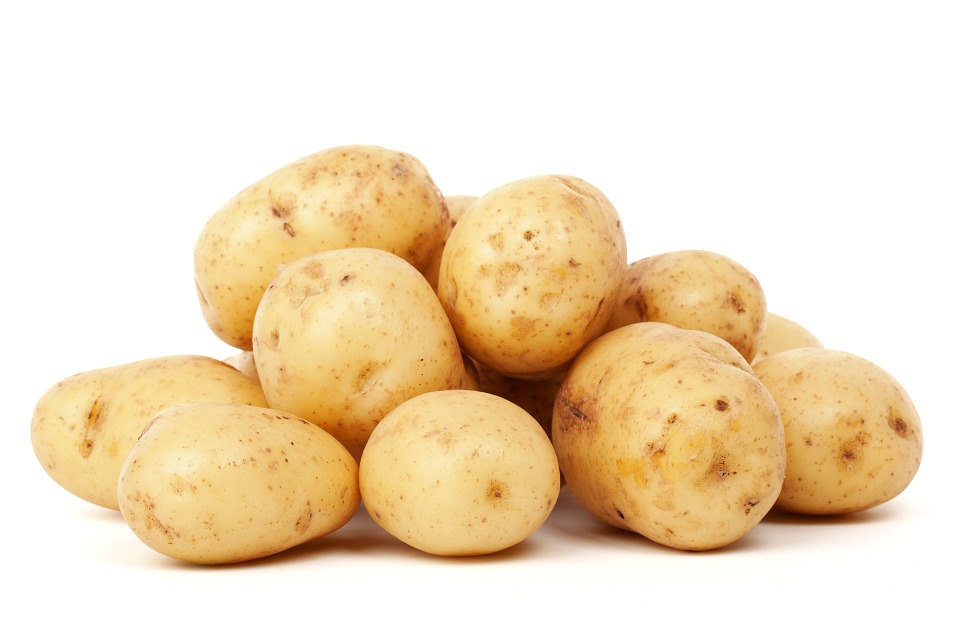
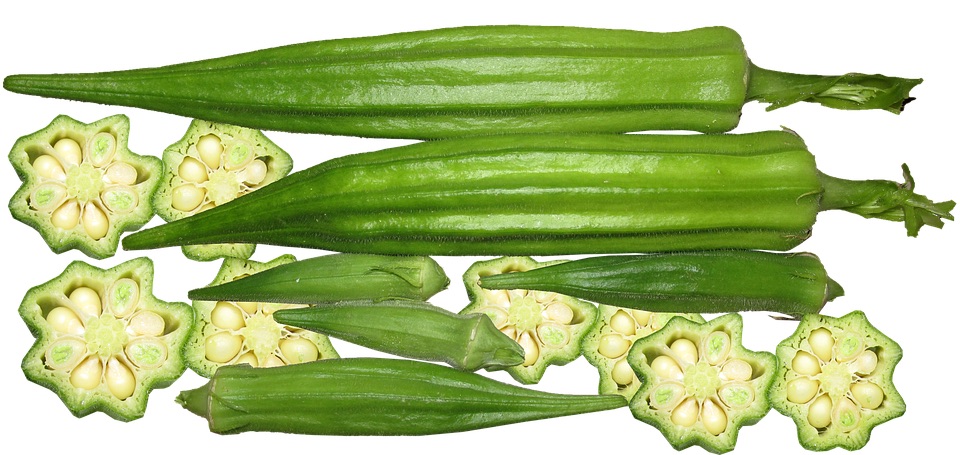
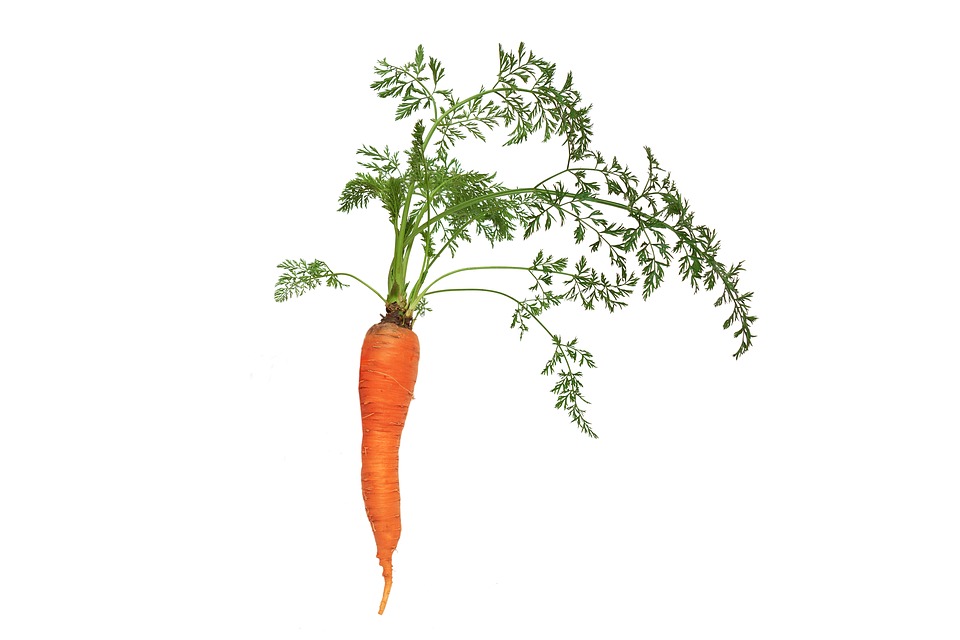
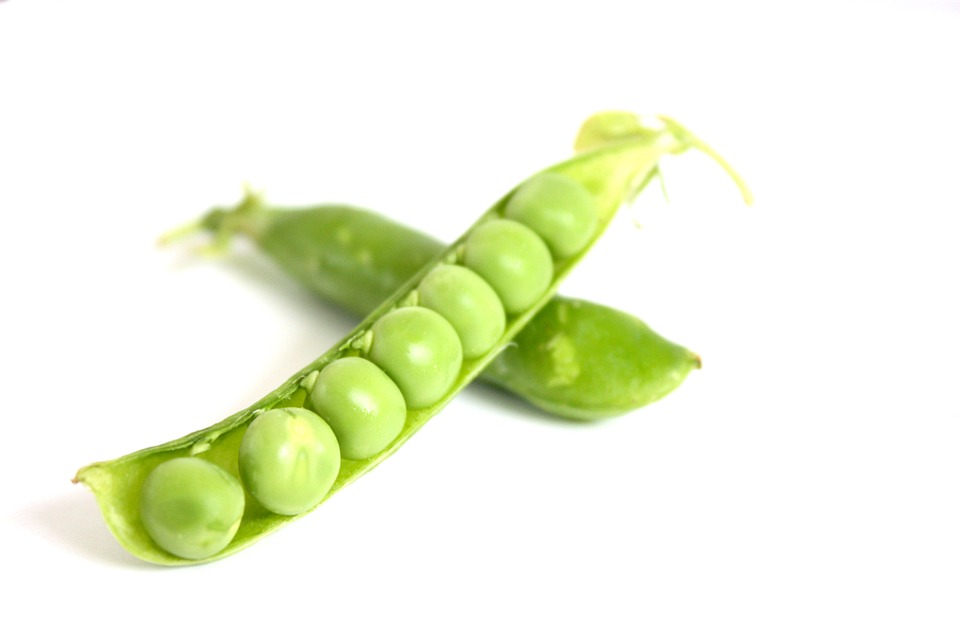

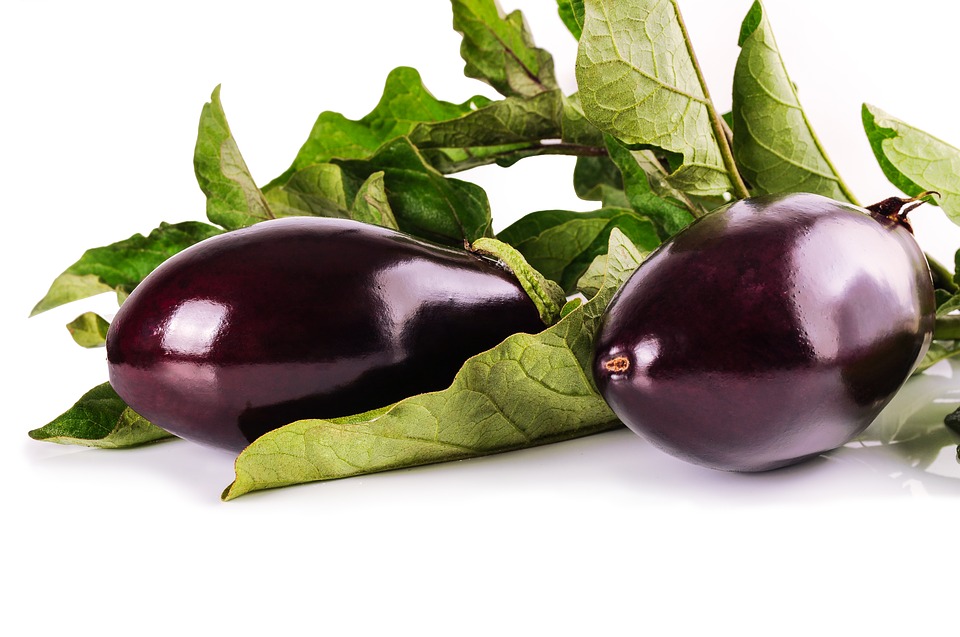
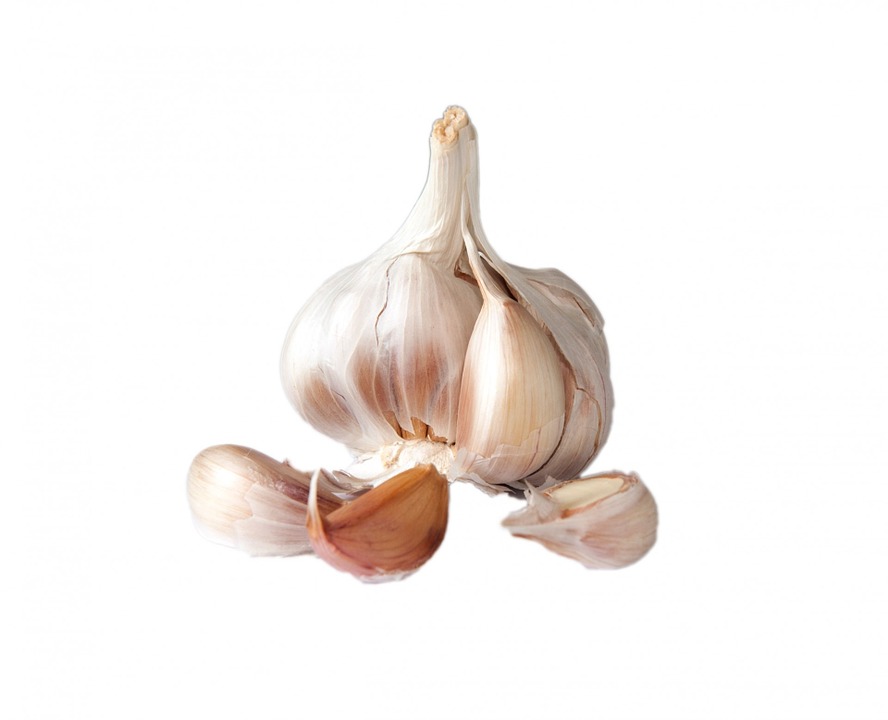
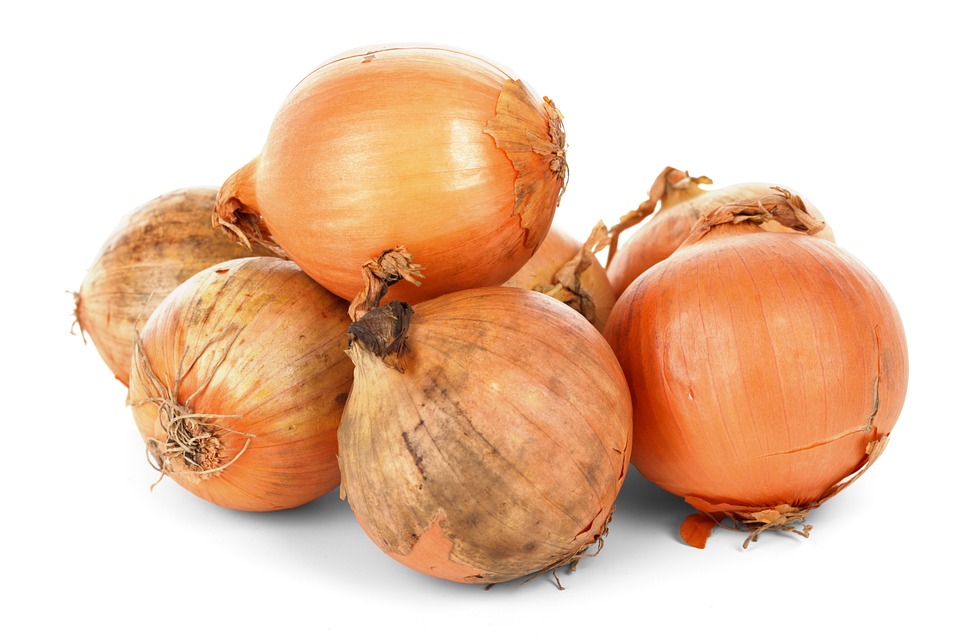
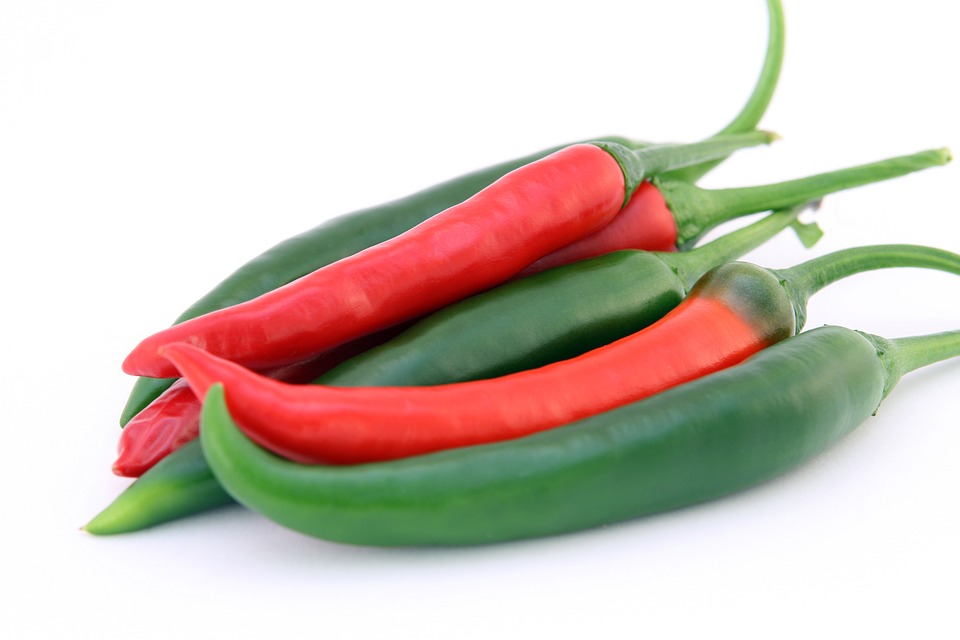
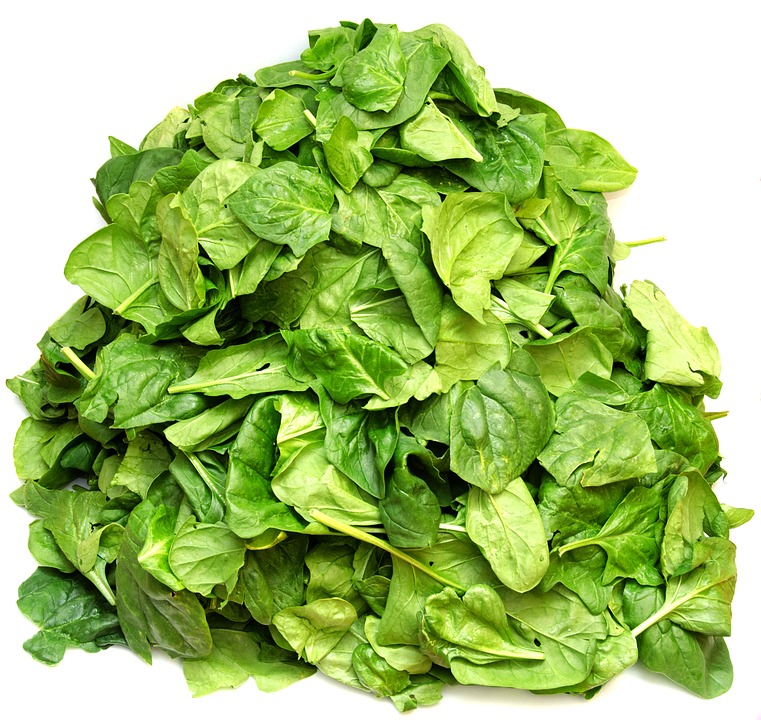
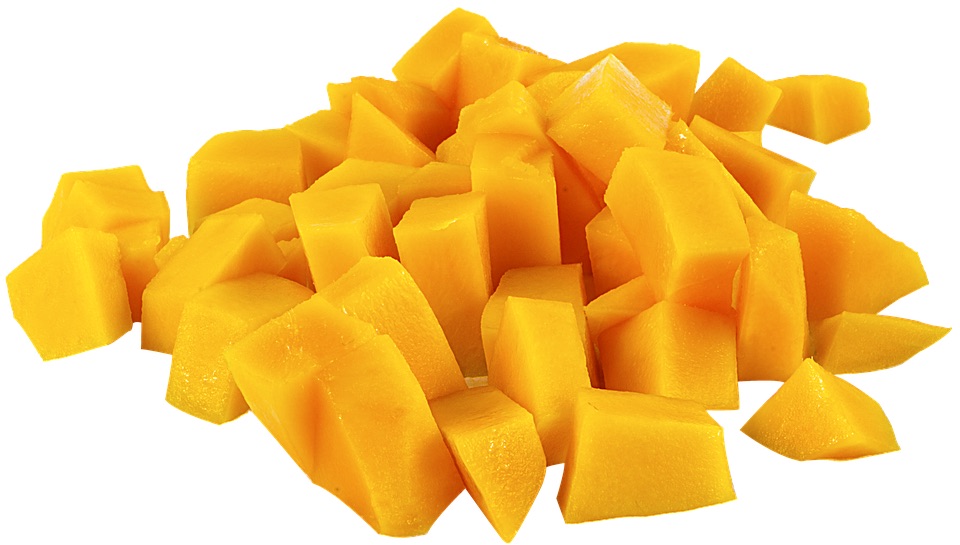
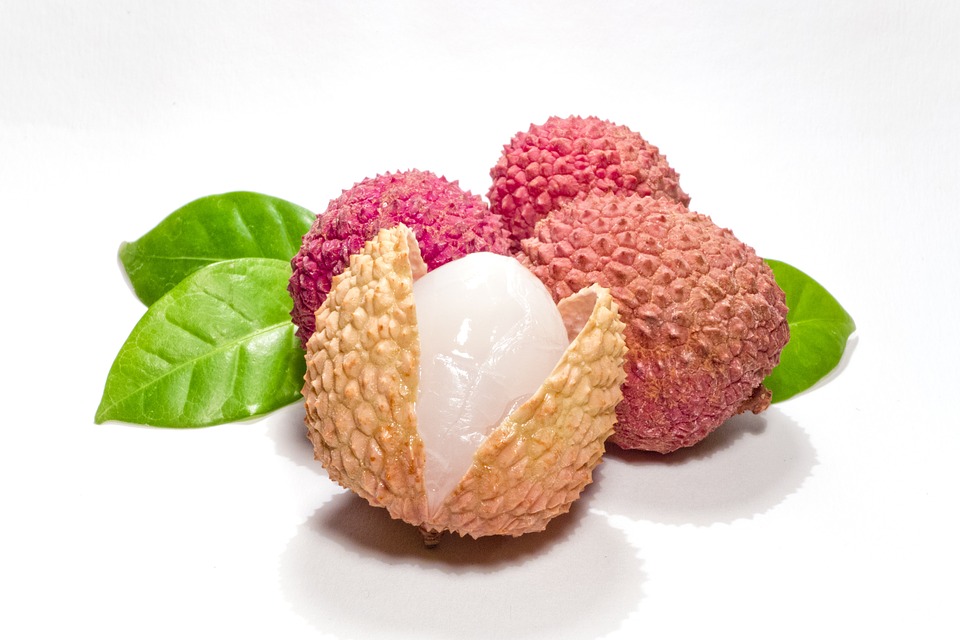
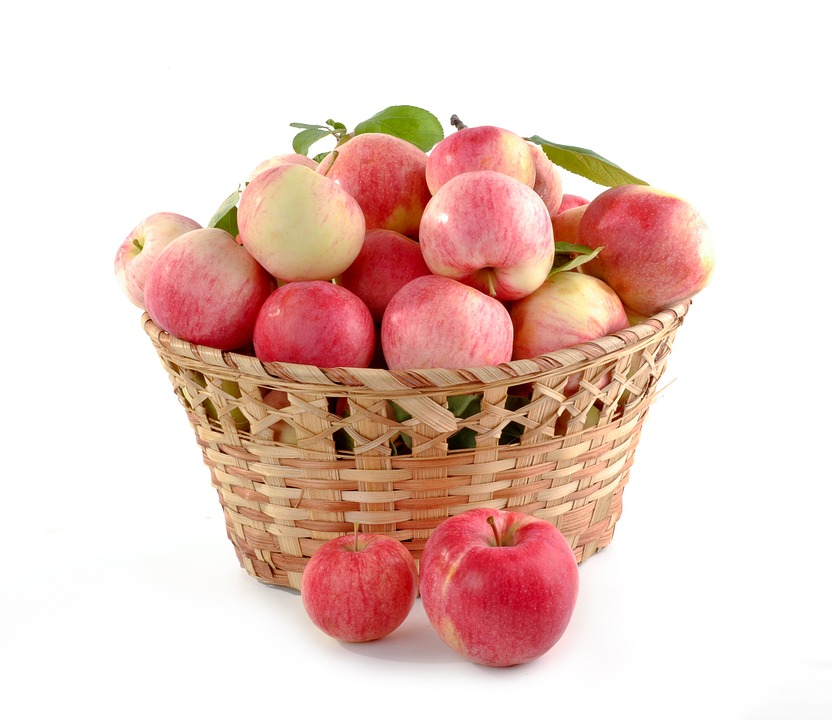

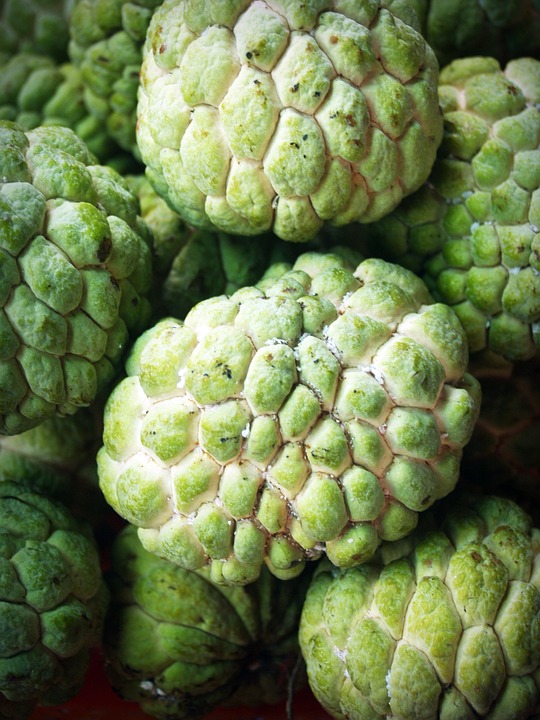
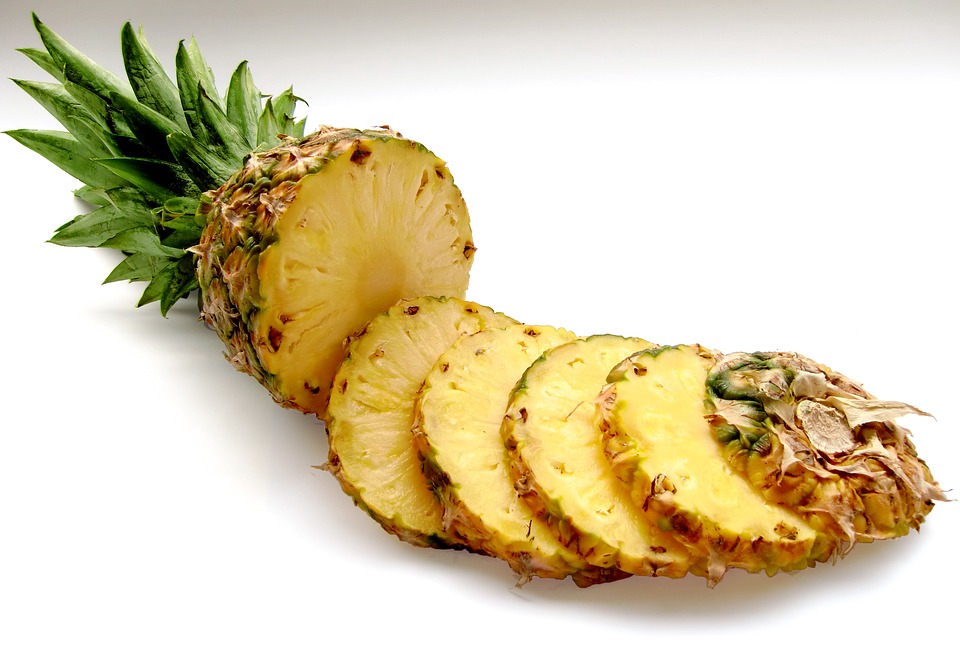

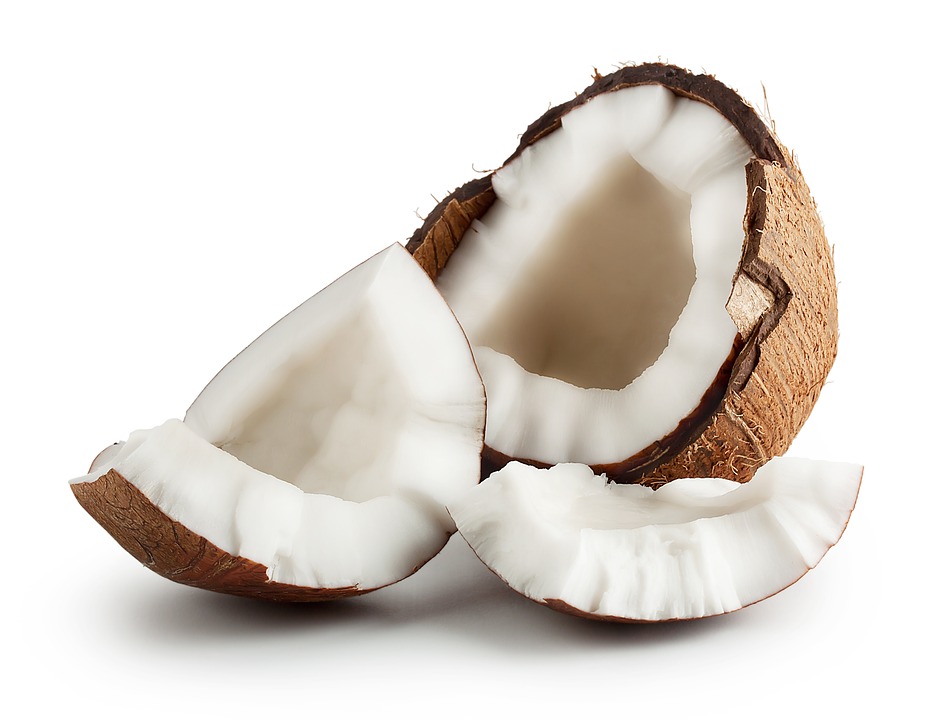
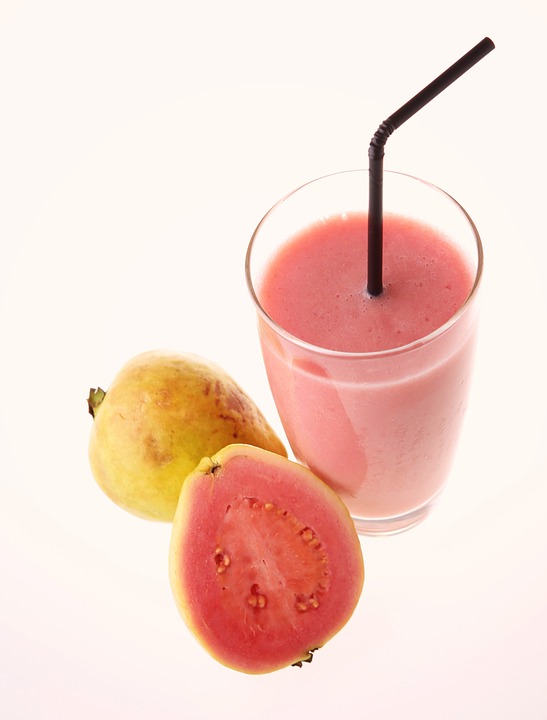
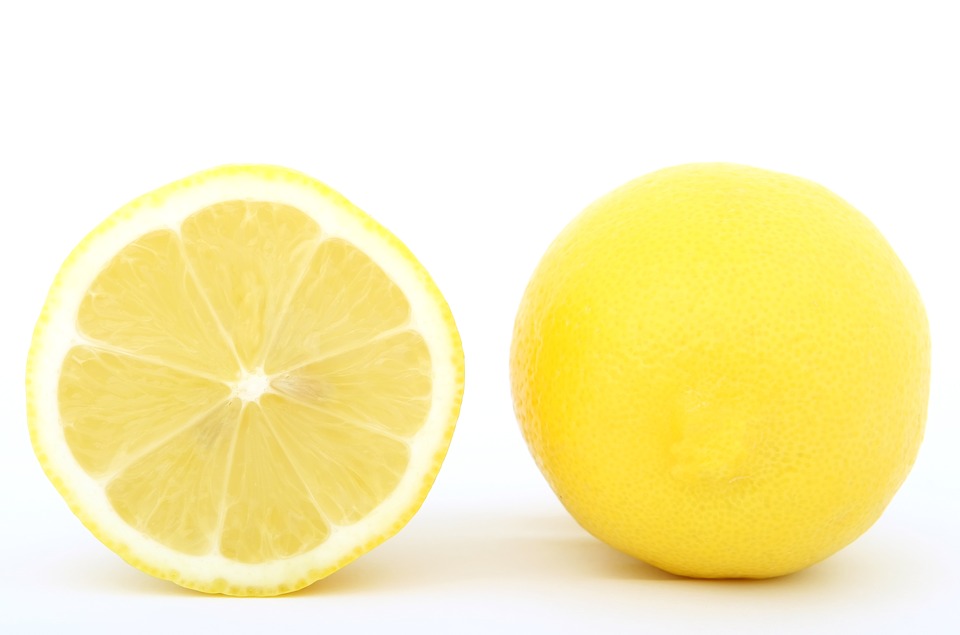

Comments:
lokhnauth:
thank you for this opportunity to learn Hindi
Rachael:
@lokhnauth कोई बात नहीं! ब्लॉग पढ़ने के लिए बहुत शुक्रिया 🙂
Pravin Patil:
Good blogs. Great work done! Keep it up.
Rachael:
@Pravin Patil धन्यवाद! आपकी टिप्पणी पढ़कर बहुत ख़ुशी हुई 🙂